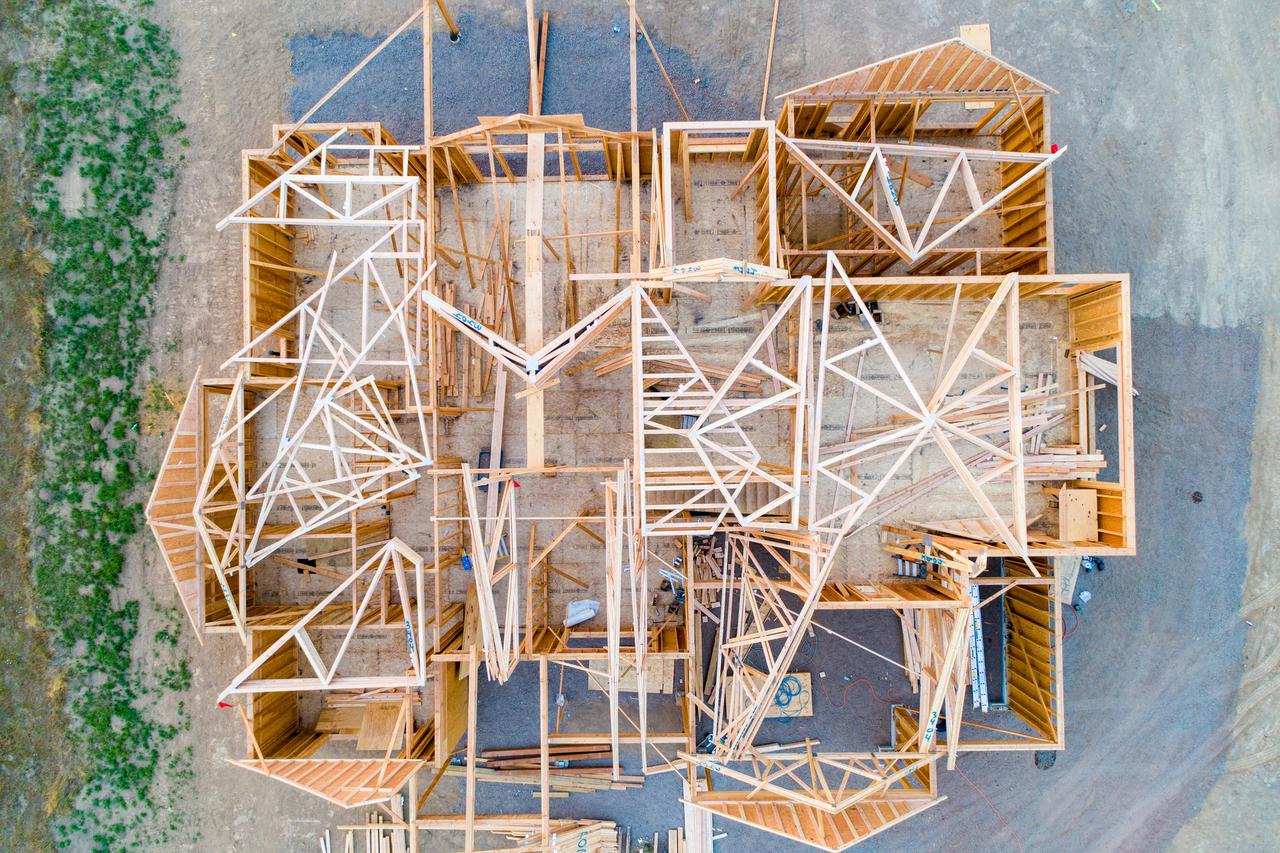Reality Capture
Gives you a product that reflects innovation.
Spartan Scanning
Improve efficiencies with reality capture
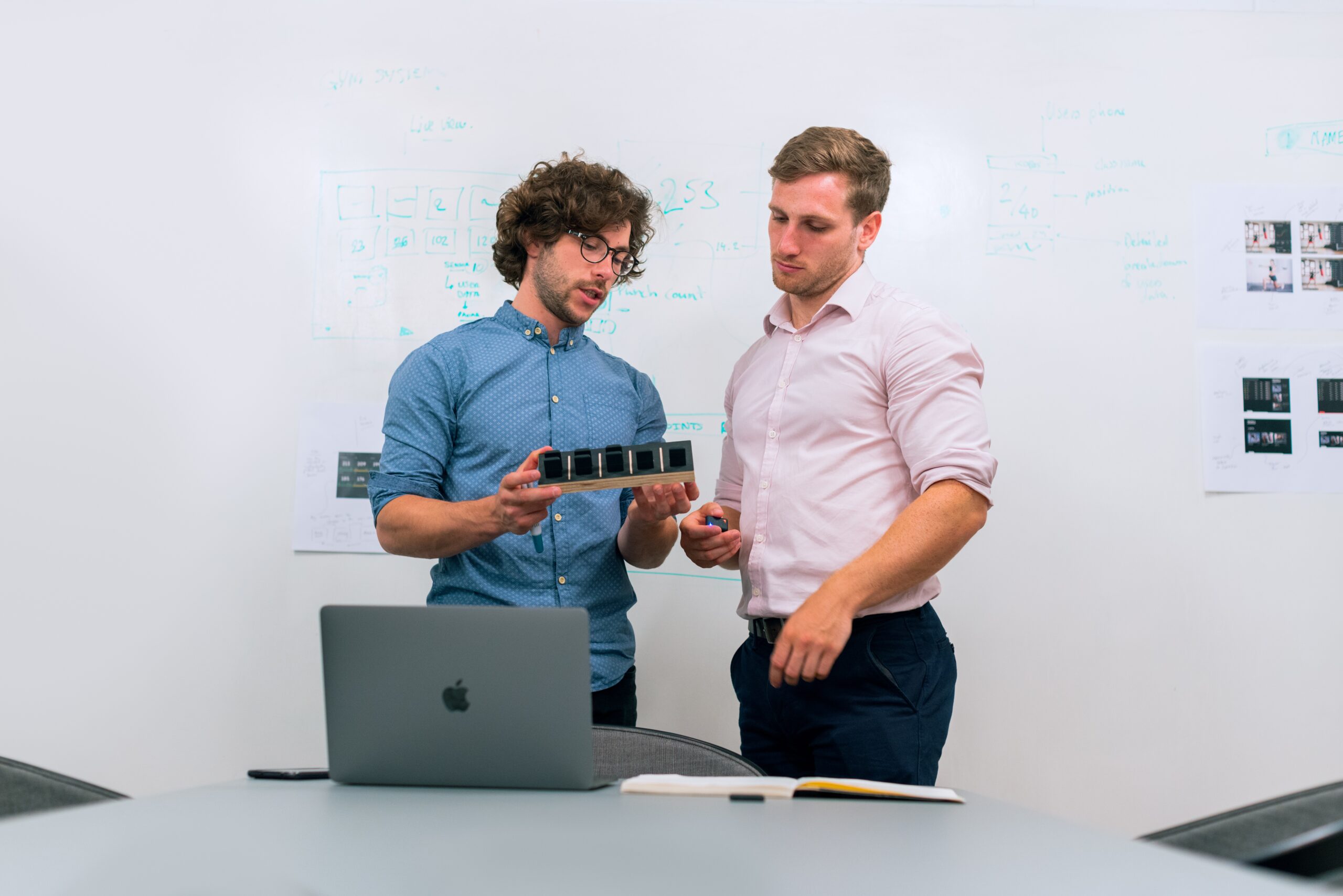
Need help?
Call us to speak with one of our experts!
Reality Capture
Making Better, Data Driven Decisions.
Identify bottlenecks
Capture exact existing brownfield conditions. Helping you understand bottlenecks that exist.
30% time savings
Save time by reducing the amount of outage, time saved in project planning, and overall construction times.
Standardize data sets
As assets age, differences between as-built and as- design data develop. Leading to wide- ranging consequences
A better solution
Remove the opportunity for human error to occur with as-built accuracy
You can put an end to relying on multiple sets of hand measured data. Reality capture technology captures accurate and detailed measurements of the existing MEP systems. This ensures that the as-built model is precise and accurate, reducing errors in the design process.
- A single data set
- Digital and Accurate
- Data unification
- Remove Miss-Measurements
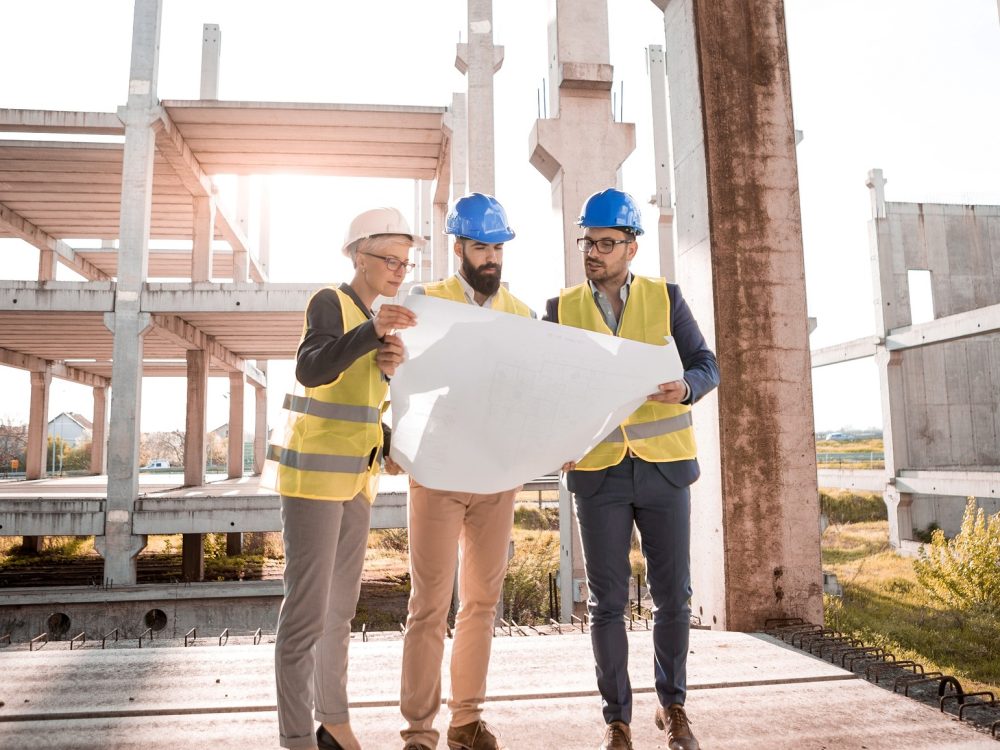
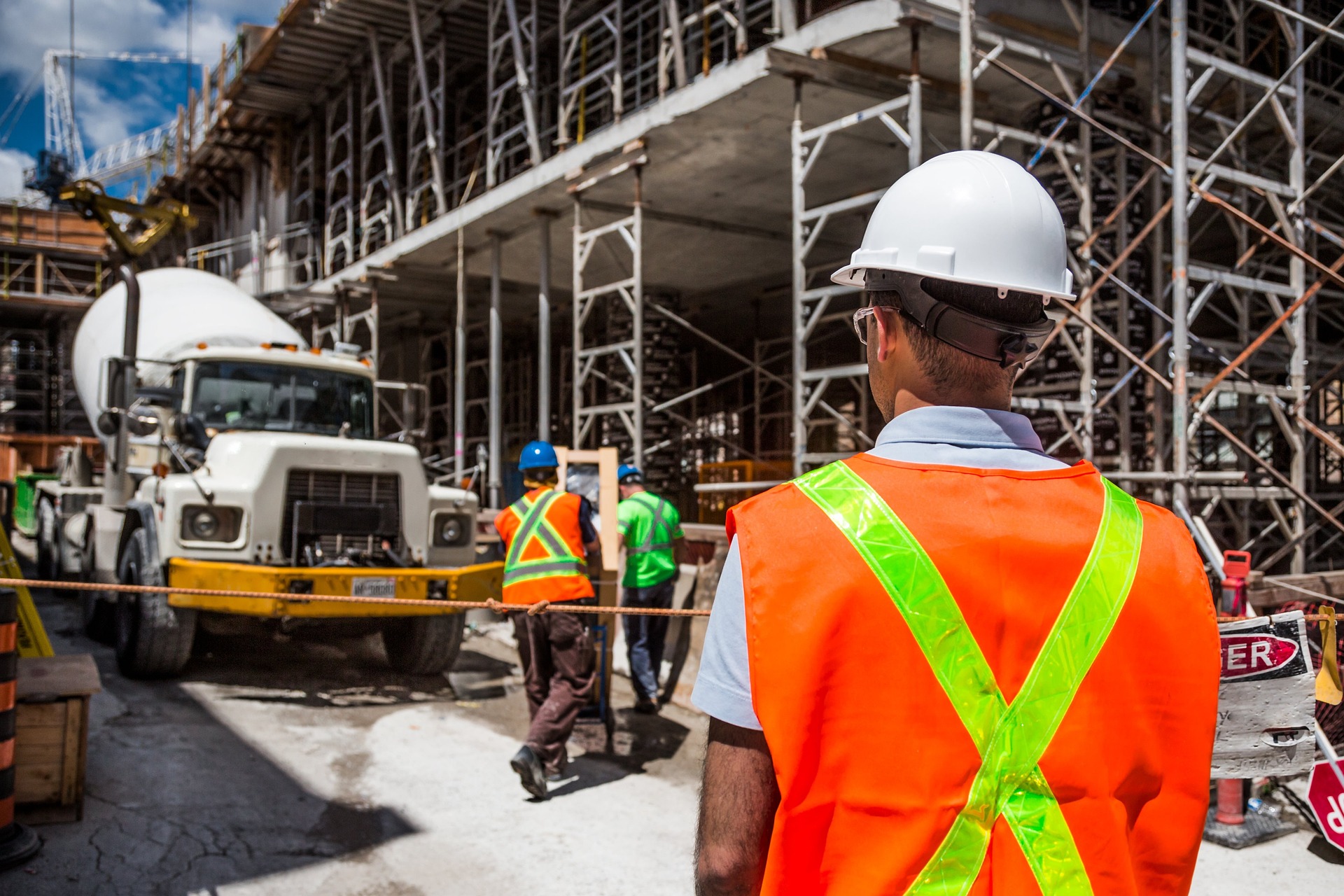
The result
Give control back to facility operators with complete sets of data
Reality capture gives you the opportunity to have globally available data and full remote collaboration. With complete sets of digital as built data, you can reduce the need to site visits and aggressive travel needs. Making it possible to do more, with less hassle.
The Value
Improve the collaboration with readily available data
Digital data models make data more readily available for those who need it. As-built models created with reality capture technology help stakeholders visualize the existing MEP systems, which can improve communication and collaboration among project teams, contractors, and facility operators.
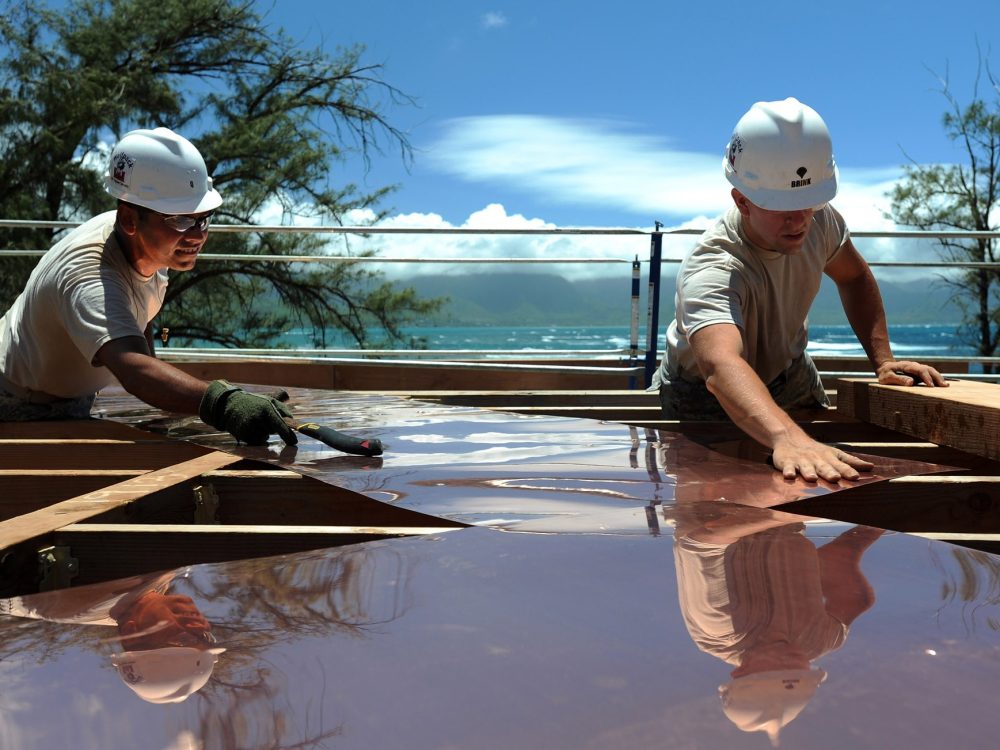
Testimonial
What they says about us



BLog
Related Article
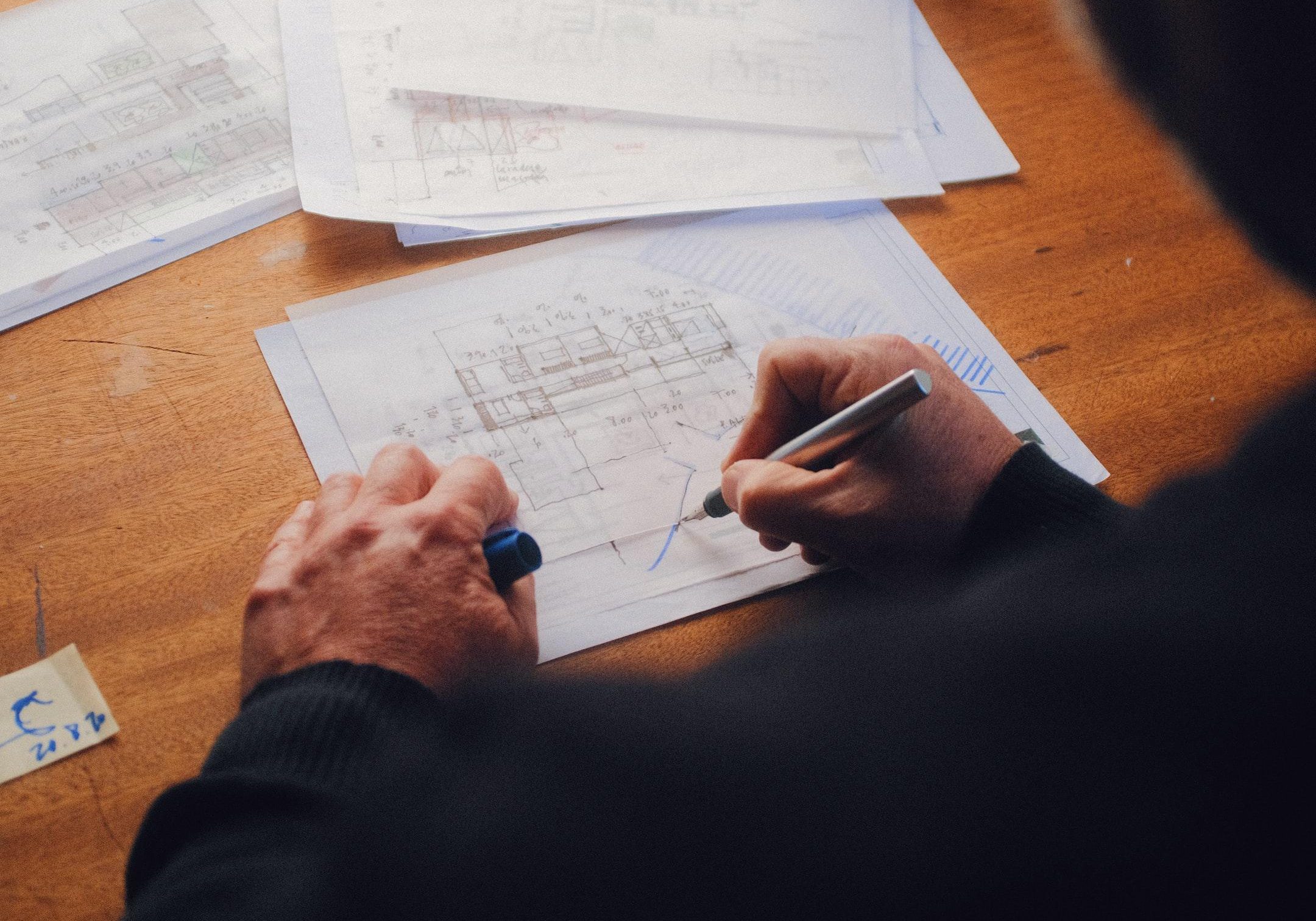
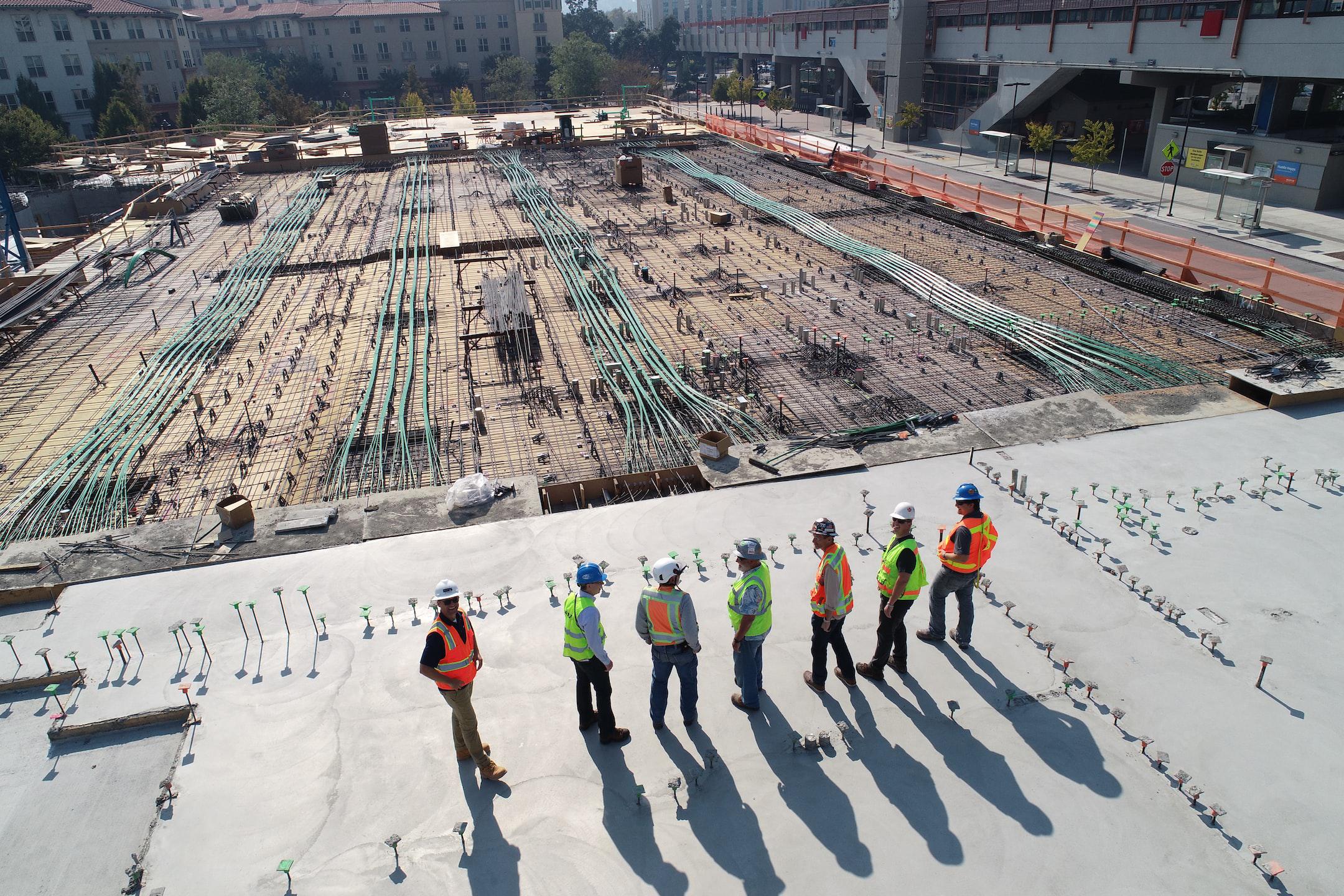
Scanning Solutions You Need for Different Types of Projects
